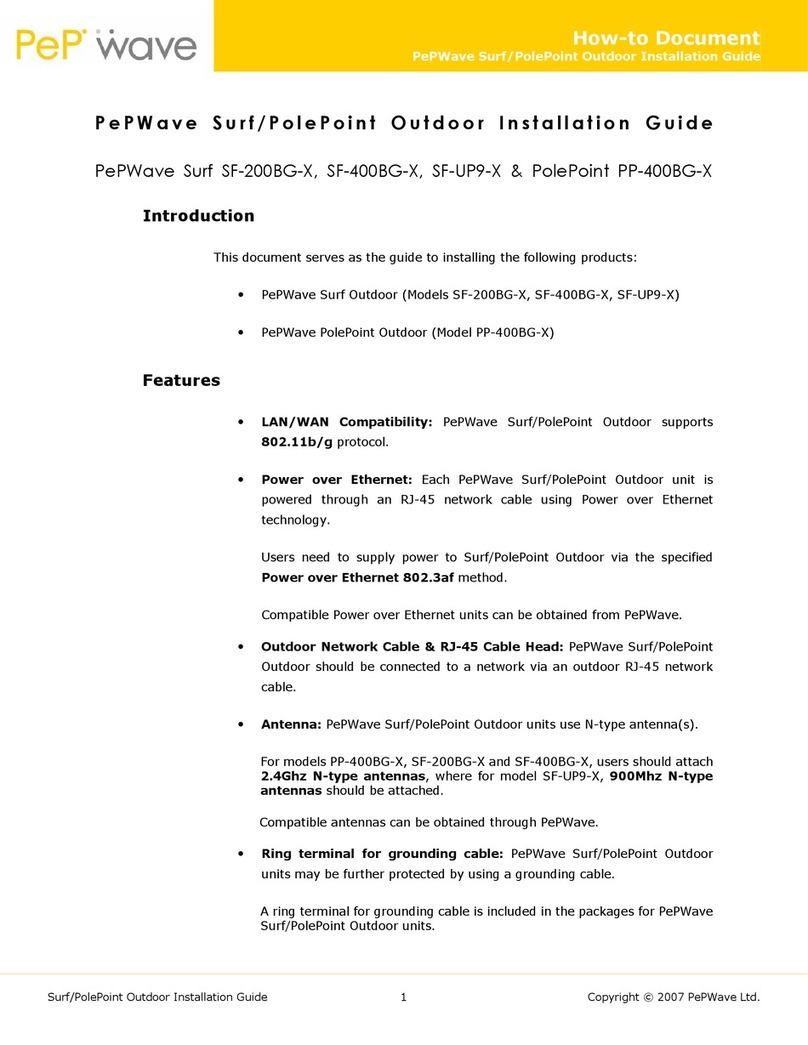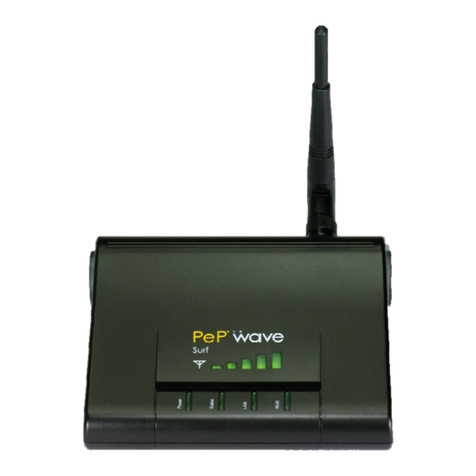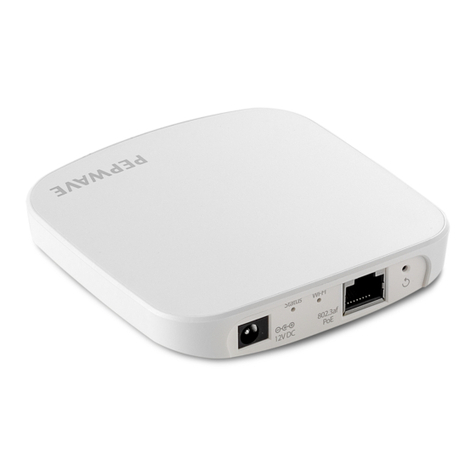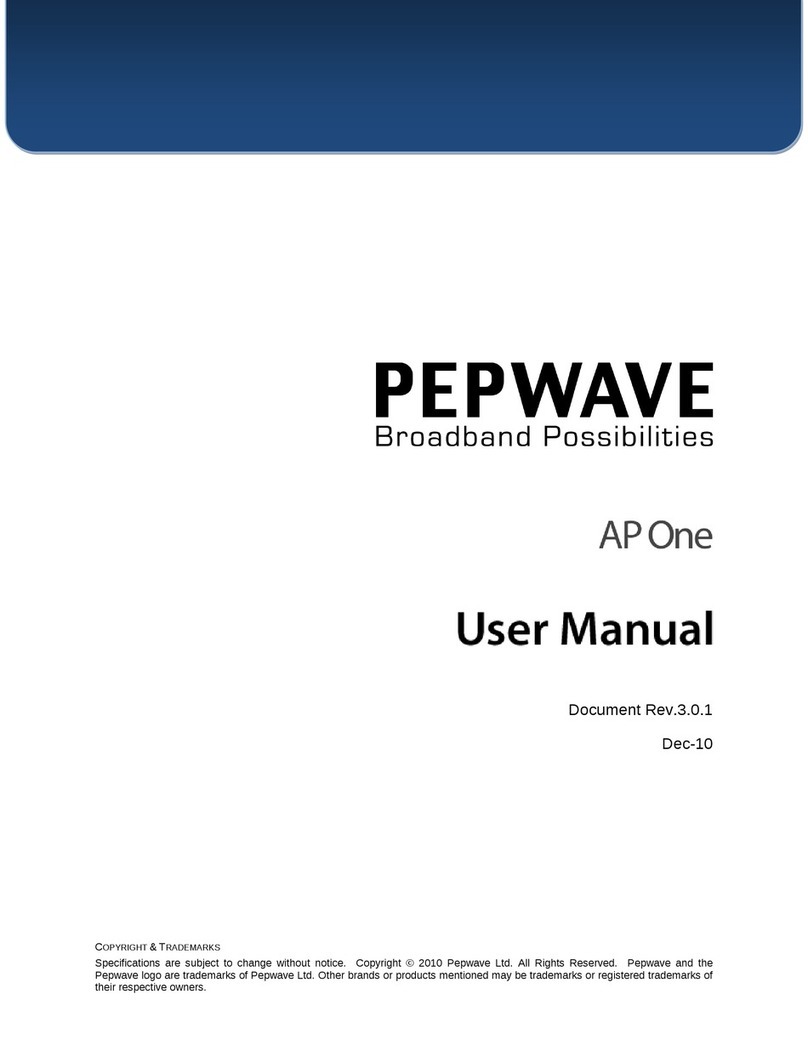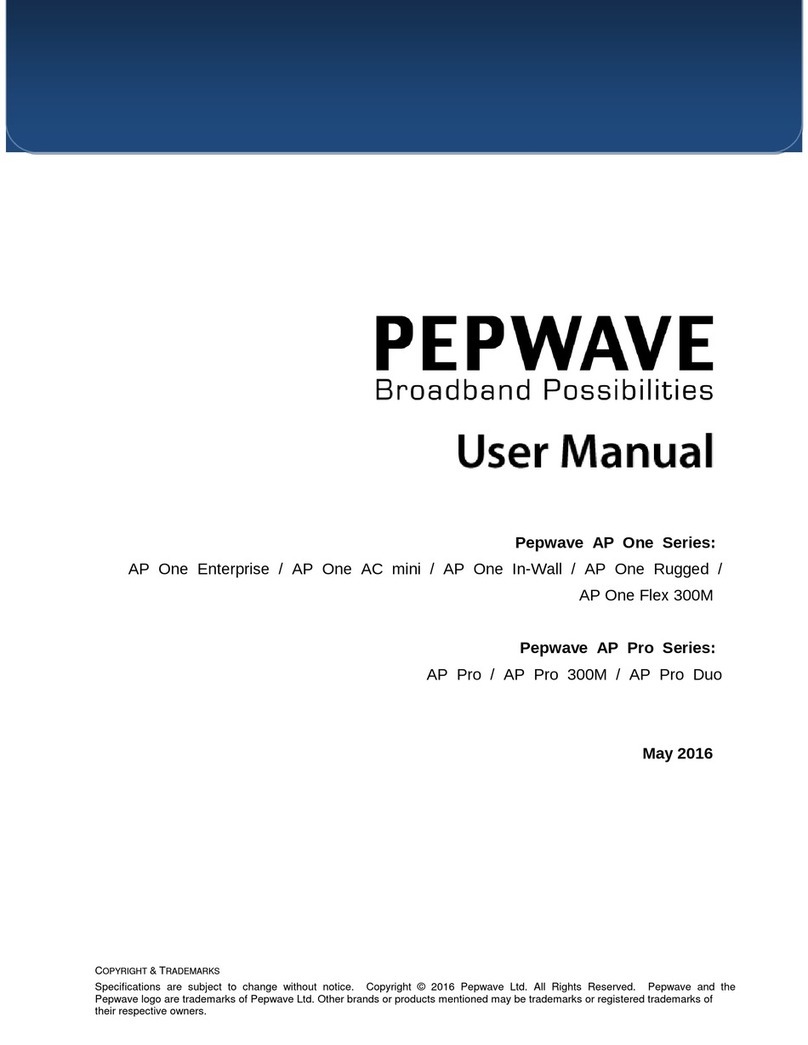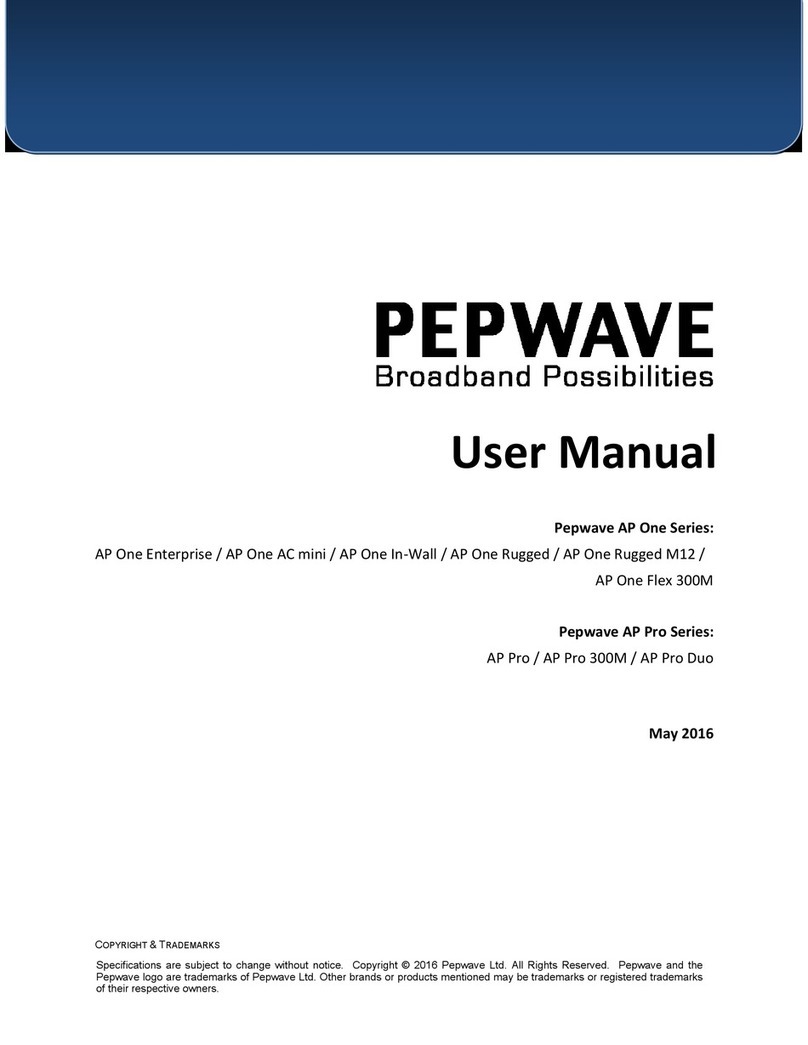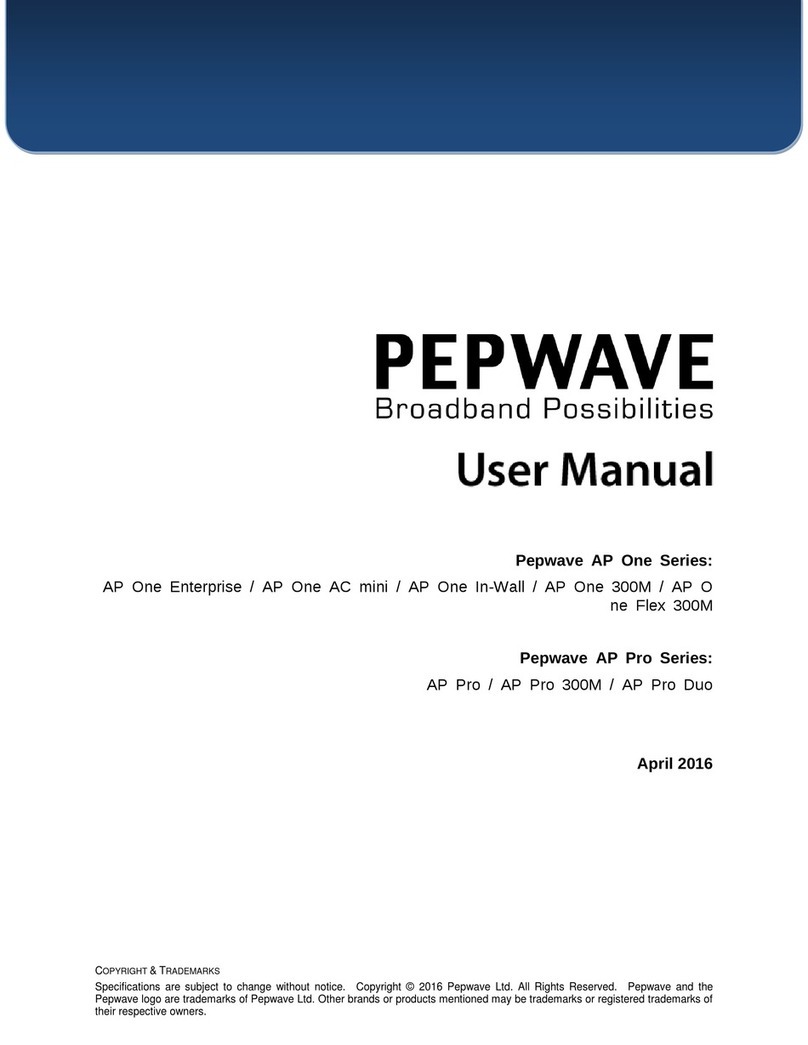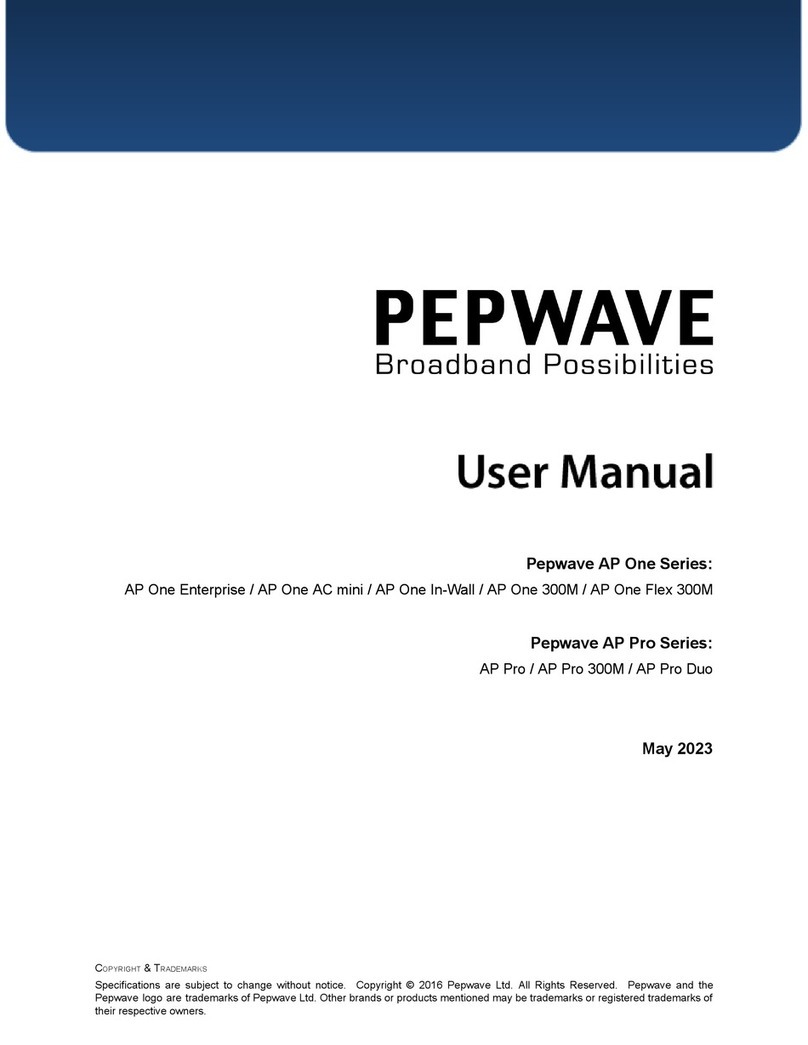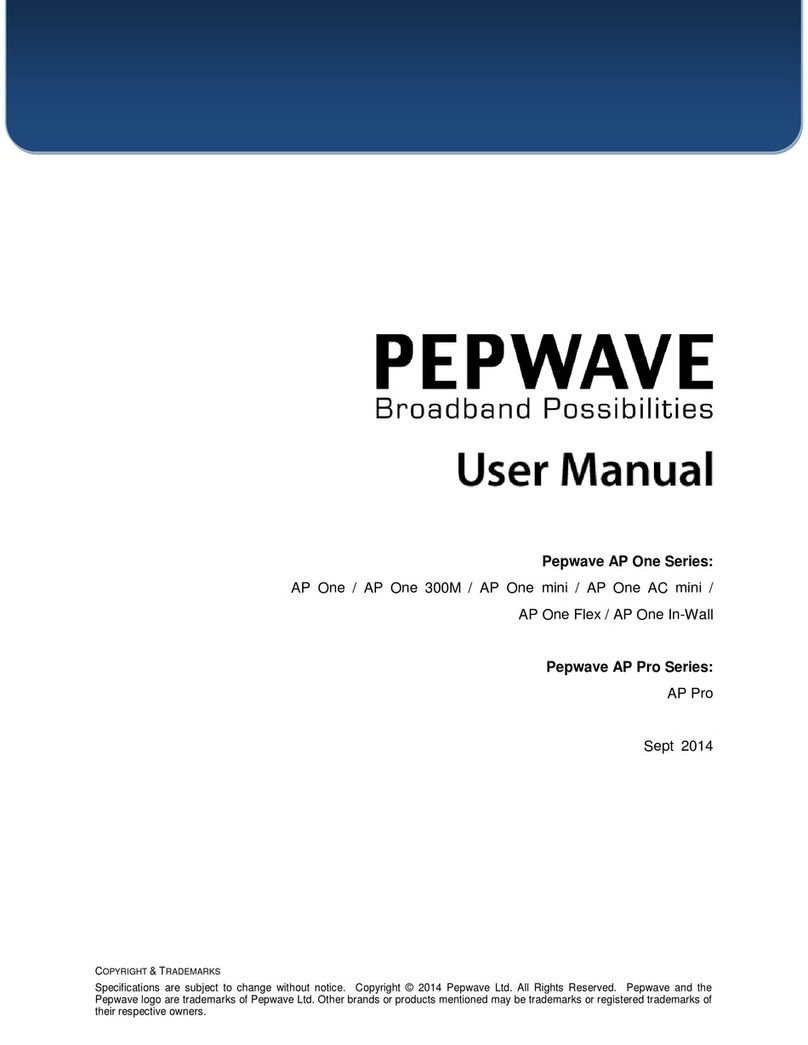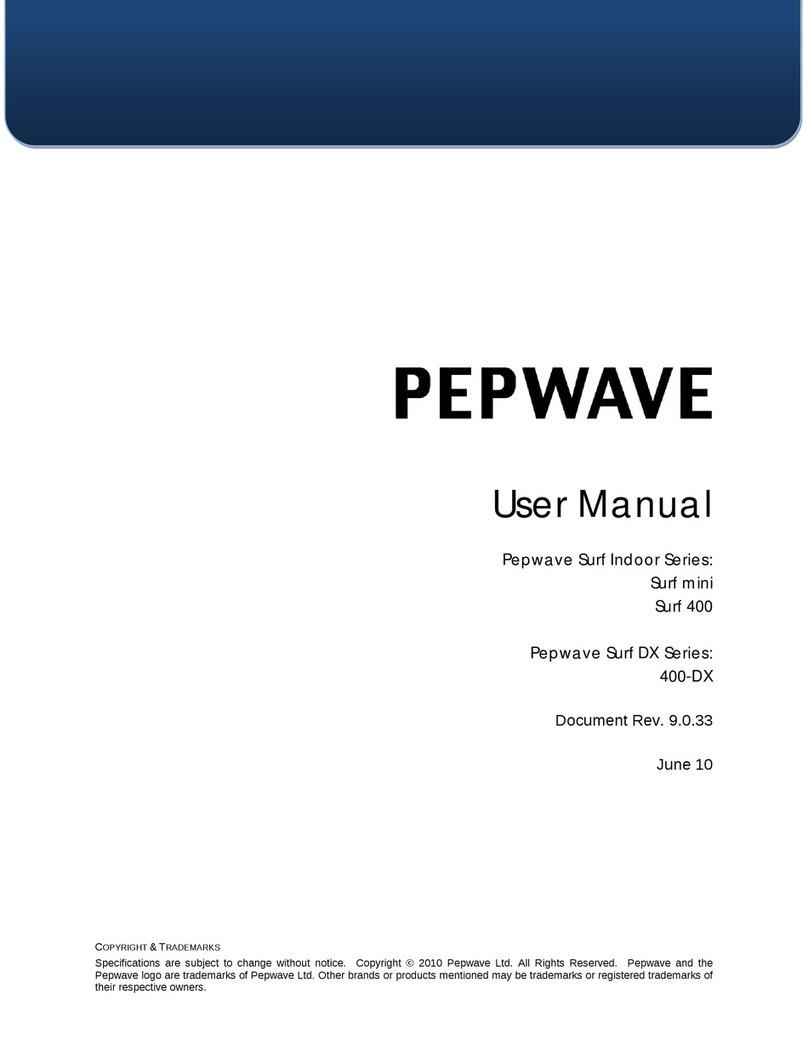
Table of Contents
1Introduction and Scope.........................................................................................5
2Package Contents..................................................................................................6
2.1 AP One Enterprise..............................................................................................6
2.2 AP One AC mini..................................................................................................6
2.3 AP One In-Wall....................................................................................................6
2.4 AP One Rugged..................................................................................................6
2.5 AP One Flex ........................................................................................................6
2.6 AP Pro / AP Pro 300M / AP Pro Duo..................................................................6
3Hardware Overview................................................................................................8
3.1 AP One Enterprise..............................................................................................8
3.2 AP One AC mini..................................................................................................9
3.3 AP One In-Wall..................................................................................................10
3.4 AP One Rugged................................................................................................11
3.5 AP One Flex ......................................................................................................12
3.6 AP Pro / AP Pro 300M / AP Pro Duo................................................................13
4Installation............................................................................................................14
4.1 Installation Procedures....................................................................................15
5Using the Dashboard...........................................................................................16
5.1 General..............................................................................................................16
5.2 AP ......................................................................................................................18
6Configuration........................................................................................................20
6.1 System...............................................................................................................20
6.1.1 Admin Security..............................................................................................20
6.1.2 Firmware........................................................................................................22
6.1.3 Time ...............................................................................................................23
6.1.4 Event Log.......................................................................................................23
6.1.5 SNMP .............................................................................................................24
6.1.6 Controller.......................................................................................................27
